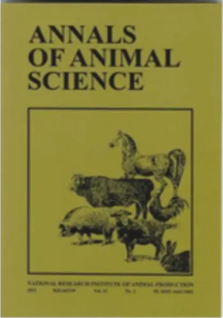Document type : article published in Equine Veterinary Education
Authors: K. Thomson C. Chan S. Dyson
Preview: The objective of this study was to report the clinical findings of six horses referred for investigation of head-shaking and to compare and contrast the findings to those of trigeminal-mediated head-shaking. The case records of six horses showing head tossing behaviour (vertical up and down movement of the head during ridden exercise) that were referred to the Animal Health Trust were reviewed and a summary of the clinical findings reported. The history was appraised, including video footage when available. A comprehensive clinical examination at rest and exercise, including ridden assessment, was performed on several occasions over at least 2 days; diagnostic analgesia and imaging were carried out. A thorough review of the literature on trigeminal-mediated (idiopathic) head-shaking was performed. All horses showed headtossing behaviour when ridden and two horses also tossed their heads on the lunge. All horses had various sources of musculoskeletal pain. Five horses had abolition of headtossing behaviour after diagnostic analgesia resolved musculoskeletal pain. The remaining horse had significant improvement in this behaviour. This horse also displayed clinical signs at rest and it is likely that there was a component of trigeminal-mediated head-shaking. Many horses with trigeminal-mediated head-shaking show clinical signs both at rest and when ridden, often with worsening of clinical signs when ridden. However, all horses in this series showed additional signs of musculoskeletal pain when ridden compared with in hand and on the lunge. None of these horses displayed excessive sneezing or snorting, acting like an insect was flying up the nostril and rubbing and/or striking at the nose with the forelimbs which can often be seen in horses with trigeminal-mediated head-shaking. No horse had a history of seasonality of clinical signs. It was concluded that it is important for veterinarians to recognise behavioural signs of pain, such as headtossing during ridden exercise and to be able to differentiate this behaviour from trigeminal-mediated head-shaking.





